Quality leather bags are durable, timeless, and versatile. Nonetheless, the quality and design of a leather bag are heavily dependent on the type of leather. In this guide, we take a closer look at different types of leather, how to identify them, and tips on how to select the right leather for your needs. It’s vital to know these types of leather, whether you’re a buyer or a bag maker.
What Is Leather?
Leather is a durable material that we get by tanning animal skins, generally from cows, goats, sheep, or pigs, although it can be from a variety of species including exotic ones, like crocodiles or snakes. The tanning converts rawhide to durable leather for many uses. Leather is classified based on the source of the animal, the processing or method, and the treatment.
Types of Leather Used in Bags
Here are a few popular types of leather used in bags:
Cowhide Leather
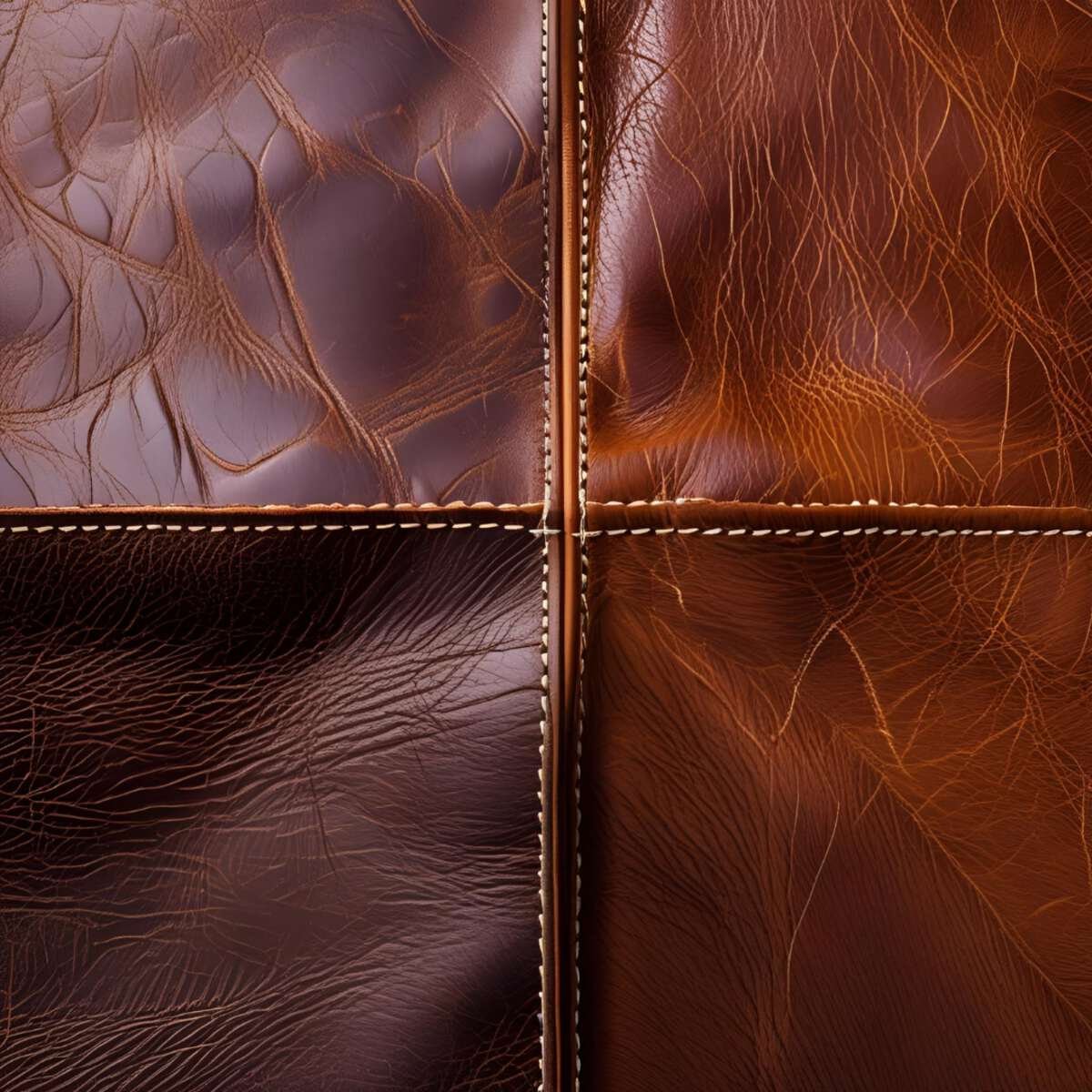
Cowhide is one of the most common and well-known varieties of leather. It is strong and durable, which makes it a great option for bags. It comes in several grades:
- Full-Grain Leather: This is the top layer of a cowhide, making it the highest quality and most durable leather. It maintains its natural imperfections and gains patina over time, making it perfect for luxury bags that last.
- Top-Grain Leather: Second in quality to full-grain and sanded to remove imperfections. Top-grain leather is often stained to offer a smooth finish. This is softer and more flexible.
- Corrected Grain Leather or Genuine Leather: It originates from the inner layers of cowhide. It is treated to resemble high-end leather, but it’s less durable.
- Bonded Leather: Leftover scraps glued together with polyurethane. It’s cheap and low-quality.
Cowhide leather can be made into handbags, briefcases, backpacks, travel luggage, etc. Its strong and durable features make it difficult to scratch.
Goatskin Leather
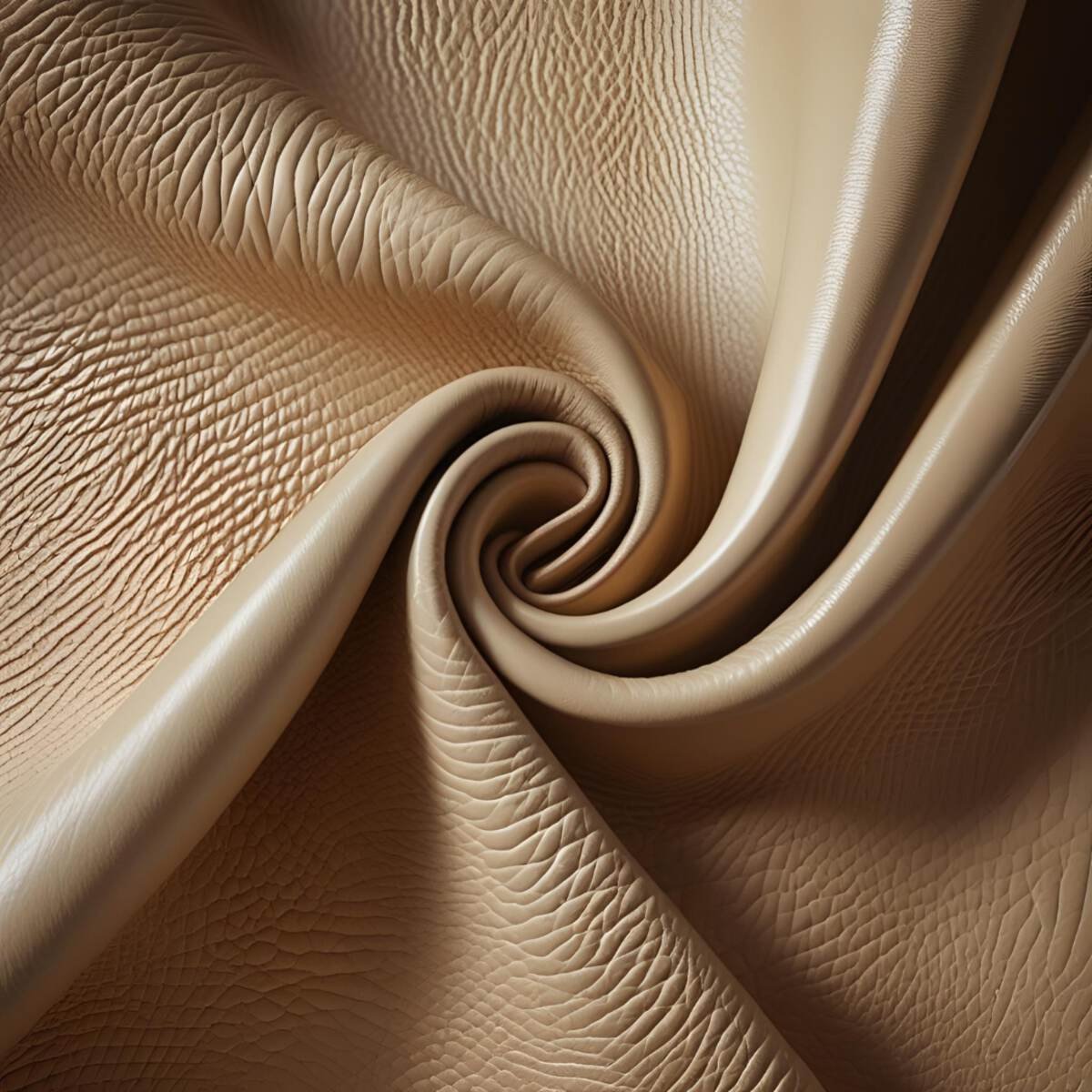
Goatskin is lightweight, strong, and has a unique grained appearance. Its elasticity makes it perfect for bags needing some kind of movement or expansion room, like backpacks or handbags.
- Advantages: Breathable, resistant to abrasion, and easy to process.
- Disadvantages: Slightly rougher surface compared to cowhide.
Goatskin leather is hard but also soft, making it a perfect choice for a casual or rugged leather design.
Sheep Leather
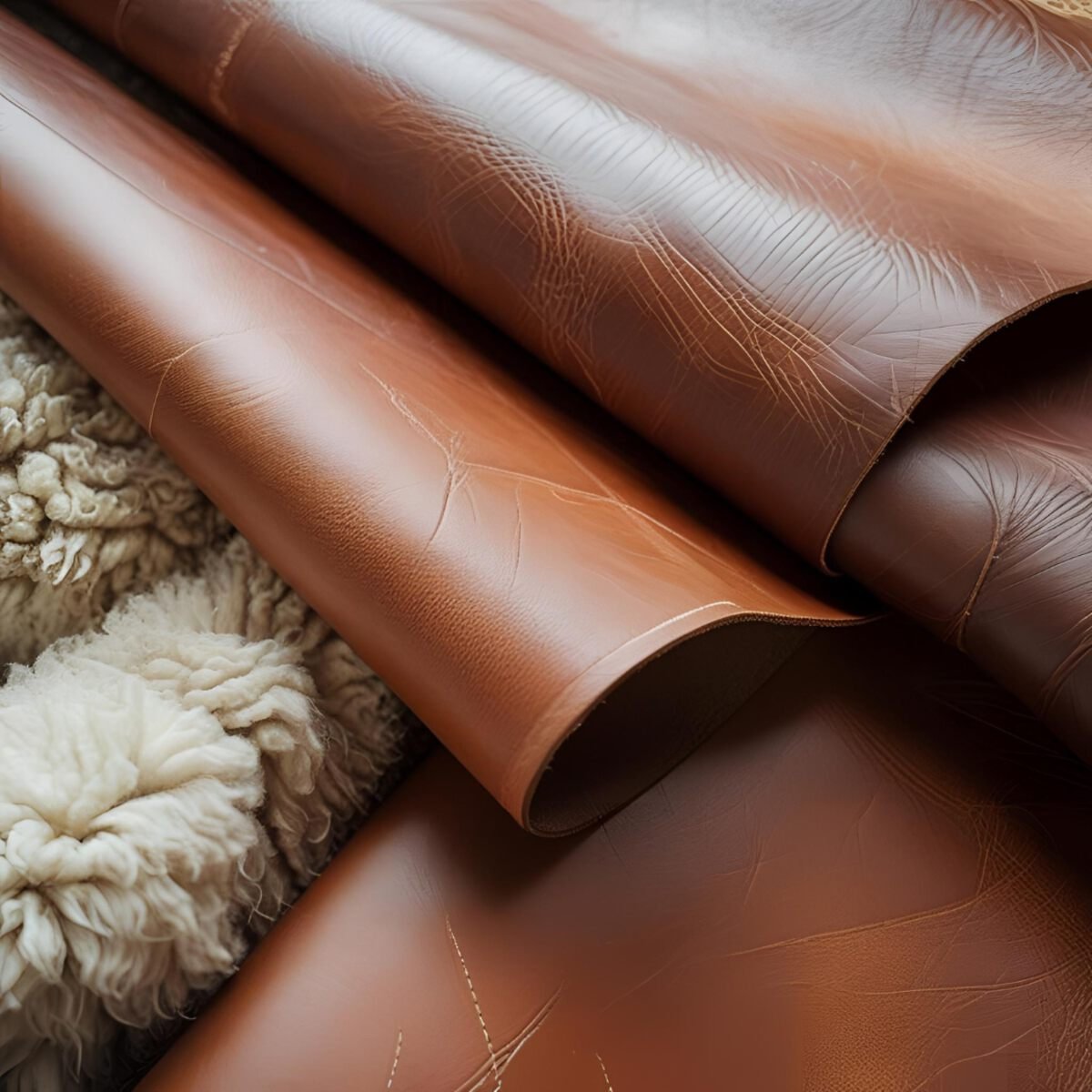
Because of its softness and flexibility, sheep leather is also a widely used choice. Usually, people use it for small or delicate bags like clutches or shoulder bags.
- Nappa: a premium type of leather made from lambskin that has a soft touch and is naturally finished.
- Suede Leather: Created by sanding the outer layer of sheepskin to produce a matte finish.
Sheep leather is very luxurious and comfortable, but not as durable as cowhide or goatskin.
Porcine Leather
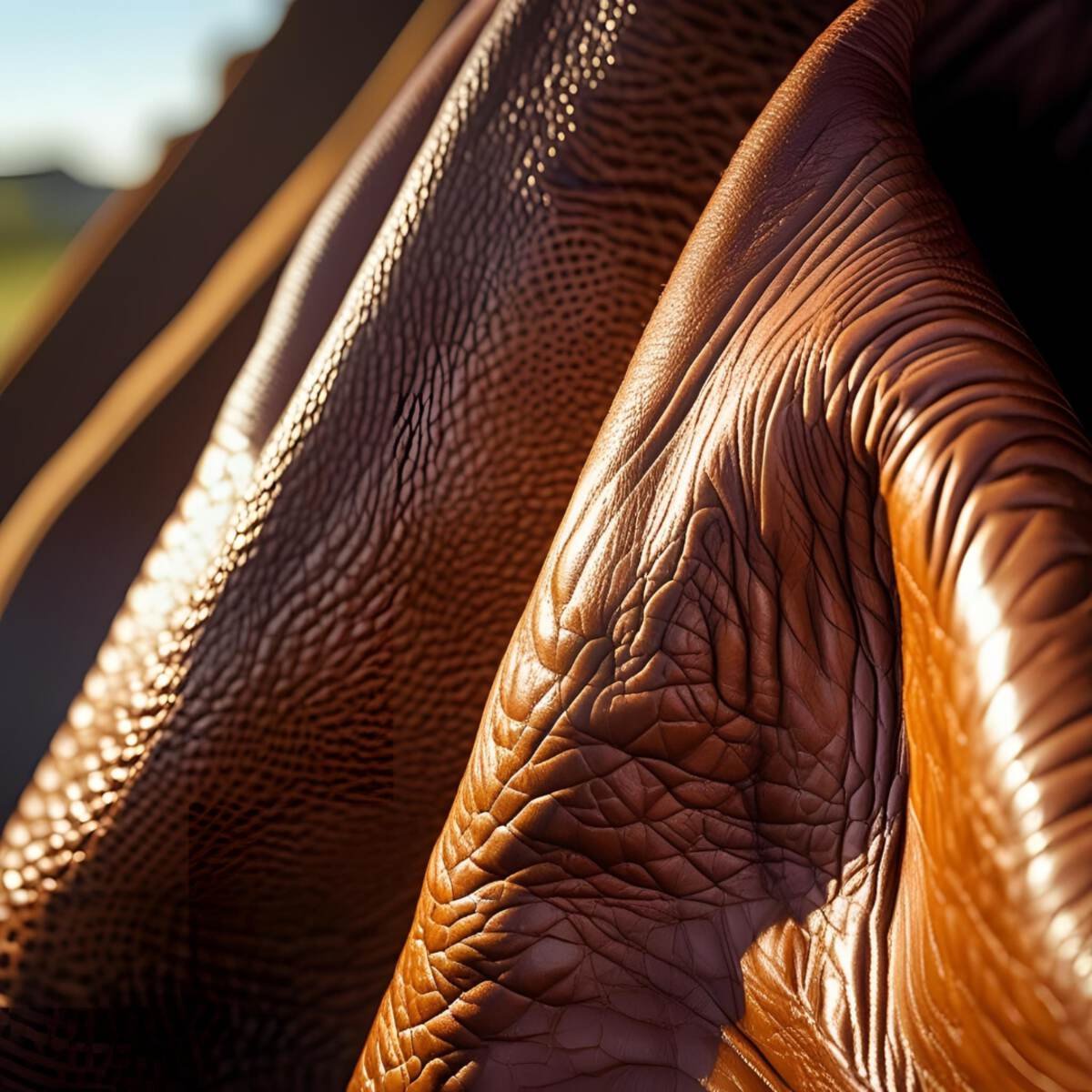
Porcine (pigskin) leather is thick and heavy, with large visible pores. It is not so commonly used for bags as the texture is very rough. However, it can be treated to a great extent for a specific purpose.
Exotic Leathers
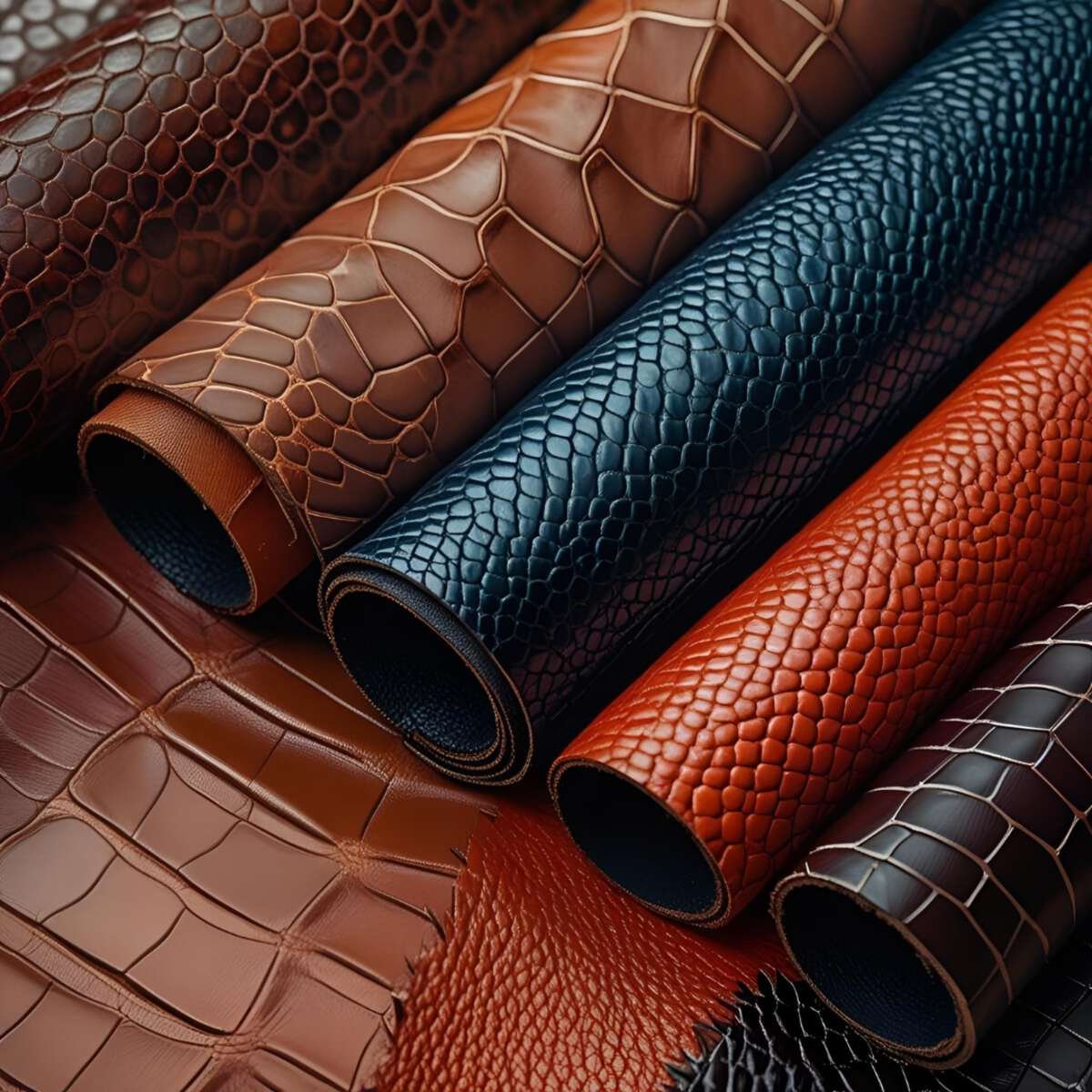
Exotic leathers come from the skin of crocodiles, snakes, ostriches, and lizards. Such leathers are expensive with very exotic patterns and need special care.
- Alligator/Snake Skin: Known for their distinctive scales.
- Ostrich: Famous for its raised bumps from the feathers’ follicles.
- Lizard Leather: Provides subtle grain patterns.
Because of their exclusivity, we often see exotic leathers in high-end designer bags.
Specialized Types of Leather
Various specific treatments or processes are performed on some leathers to improve their properties:
Aniline Leather
This leather is colored using aniline dyes, which allows to retain the natural markings. While it develops a patina over time, it needs careful care as it does not have protective coatings.
Semi-Aniline Leather
The thin layer of a protective coat used in semi-aniline leather makes it stain-resistant while still maintaining a natural aesthetics.
Patent Leather
Patent leather is one that has been treated with lacquered plastic to create a glossy finish. This type of leather is very sturdy and typically found in formal handbags.
Saffiano Leather
This leather is of Italian origin with cross-hatch patterns pressed into its surface, making it scratch-resistant and easy to clean.
Crazy Horse Leather
Known for its vintage look, this type gets a lot of waxing treatments that give it unique color variations over time.
Vegan/Synthetic Leather
A synthetic alternative to leather that does not involve the use of animal hide, vegan leather is made either from plant fibers or synthetic materials, such as polyurethane or vinyl. While it is an eco-friendly option, it does not endure as long as real leather.
Choosing the Right Types of Leather
Choosing the right leather depends on a few things:
Purpose
Some leathers are distinctly suitable for certain types of bags:
- For strength: Then opt for full grain cowhide or goatskin.
- For classiness: Choose aniline sheep leather or other kinds of exotic leather.
- For low price: Corrected grain or bonded leather.
Budget
Expect a higher price with top-notch leathers such as full-grain cowhide, which also have the best durability and appearance.
Style Preferences
Full-grain leather appeals to those who appreciate its natural textures and imperfections. If you’re looking for something simple, you’ll find top grain or patent leather more suitable to your taste.
Sustainability
Eco-friendly options that cater to eco-conscious buyers include vegetable-tanned cowhide or vegan leathers.
Care Tips for Maintaining Your Bag’s Leather
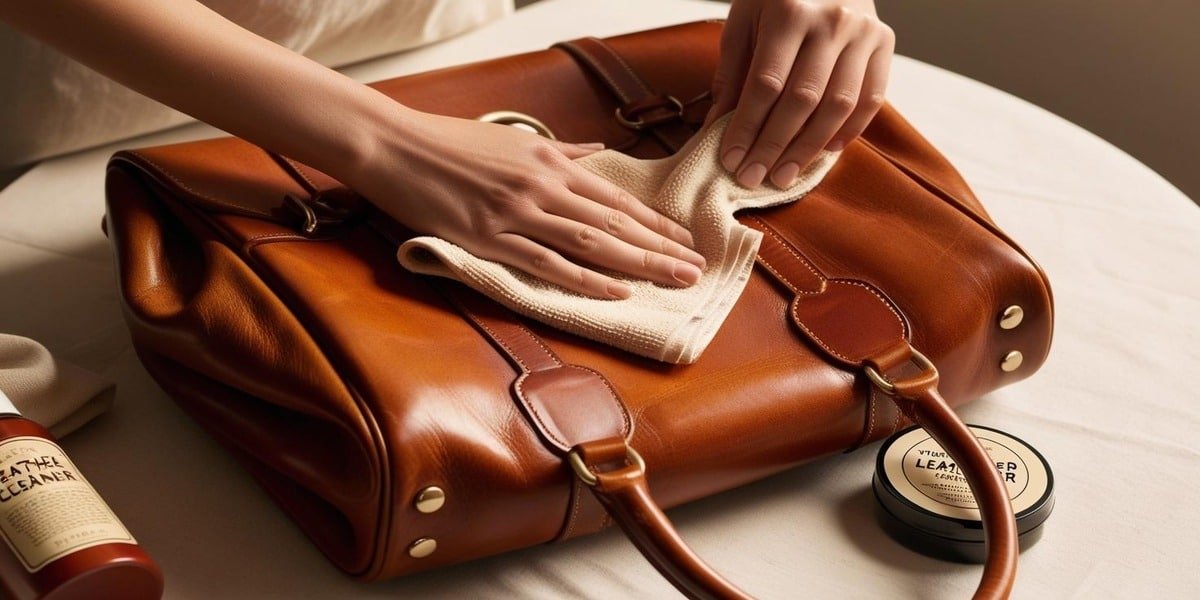
Proper care ensures your bag remains functional and attractive:
- Clean regularly with a damp cloth.
- Condition using specialized products to prevent drying out.
- Store in a cool place away from direct sunlight.
- Keep the leather out of the water unless it has received waterproofing treatment.
Conclusion
Being familiar with the different styles of leather will allow you to make an informed choice when purchasing or designing bags. Leather types range from durable cowhide to luxurious exotic skins to eco-friendly vegan options — each type having benefits that serve a specific need.
From full-grain cowhide for strength and resilience to elegant aniline sheep leather, this knowledge makes sure you choose the best material for your bag investment.
If you invest in a bag with quality and take care of its leather, you will have a beautiful and functional accessory for a long time!
Read our pink tote bags guide for practical style tips. Also, like us on Facebook and follow our Instagram for more tips and guide.
Sources
- www.curtidosmenacho.com/gb/blog/news/discover-the-different-types-of-leather-for-bags-a-complete-guide
- www.rolfordleather.com/blogs/leather-buying-guide/what-type-of-leather-is-the-best-for-bag-making
- www.steelhorseleather.com/blogs/the-journal/leather-bag-types
All images are AI generated with canva.com
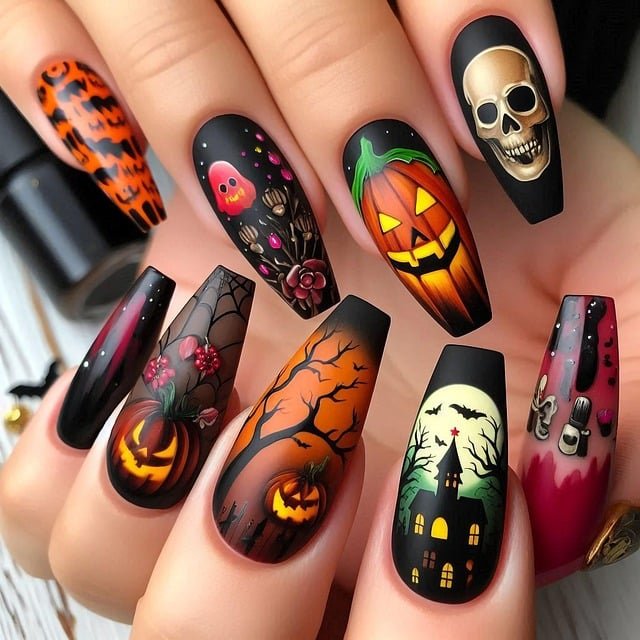


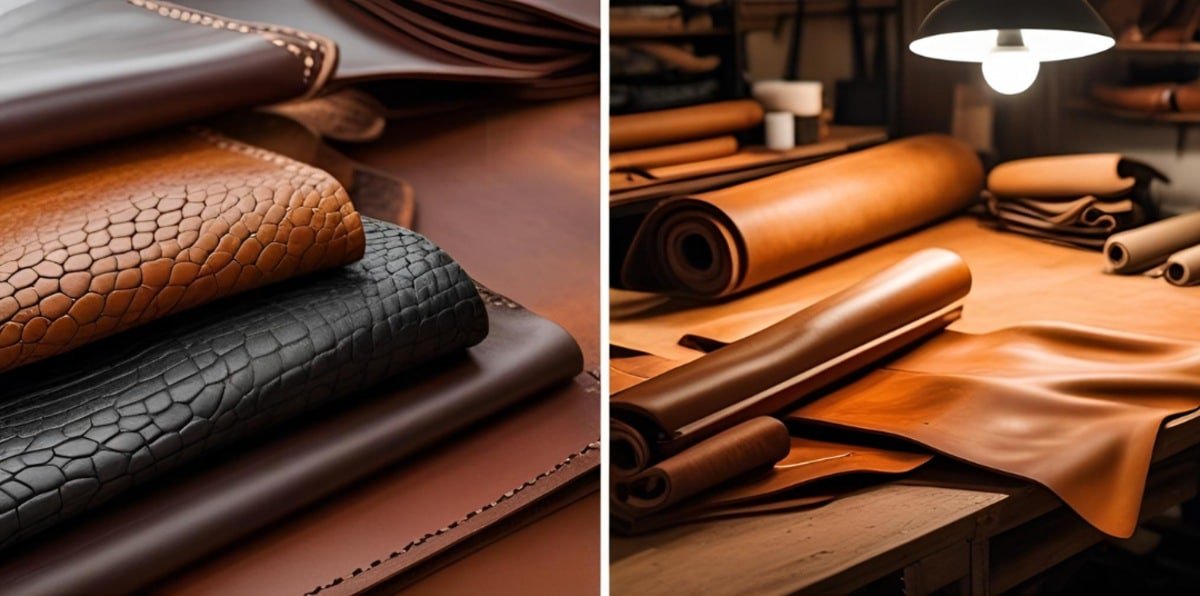
2 Comments